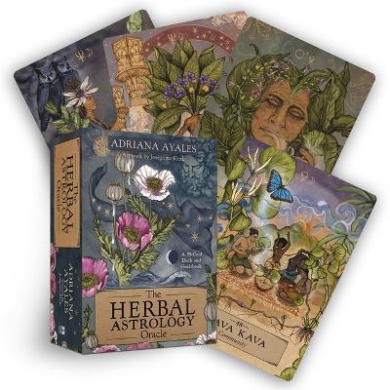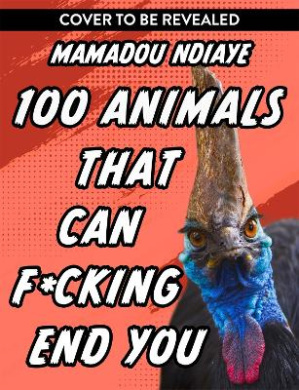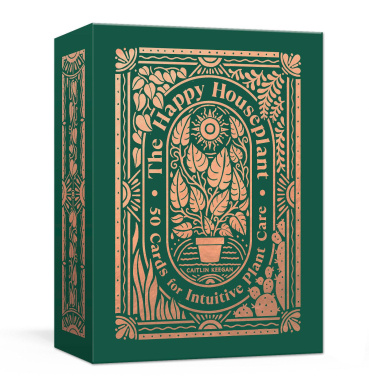Description
In 2025, the United Nations expects more than half the world’s population to lack sufficient water to cover basic needs. As demand continues to increase, this natural resource is used at a rate faster than it can be replenished. With less than one percent available for drinking, irrigation, and industrial use, the effects of water loss are global. This provocative book examines threats to the world’s water: Asia’s Aral Sea, once one of the largest inland bodies of water, is now a salty desert; 90 percent of California’s wetlands have disappeared; the once-mighty Nile, Ganges, and Colorado Rivers barely reach the sea in dry seasons. And as the rate of climate change and airborne pollution quickens, the quantity and quality of available water is becoming more compromised. Conflicts over the ownership and use of that water compounds the manifold problems. With a focus on prospects for the next 20 years, Whose Water Is It? puts a vivid and compelling face on this subject, from polar icefields facing threats from pollutants, to the water-starved regions of the Middle East, to the desert of the American Southwest. Its authors include world-renowned scientists, advocates, authors, and water managers-people whose expertise and commitment to clean and sufficient water for the 21st century has translated into creative endeavors, scientific research, and action. Whose Water Is It? presents the most important issues facing the world’s water supply today and provides suggestions for aiding its future.






